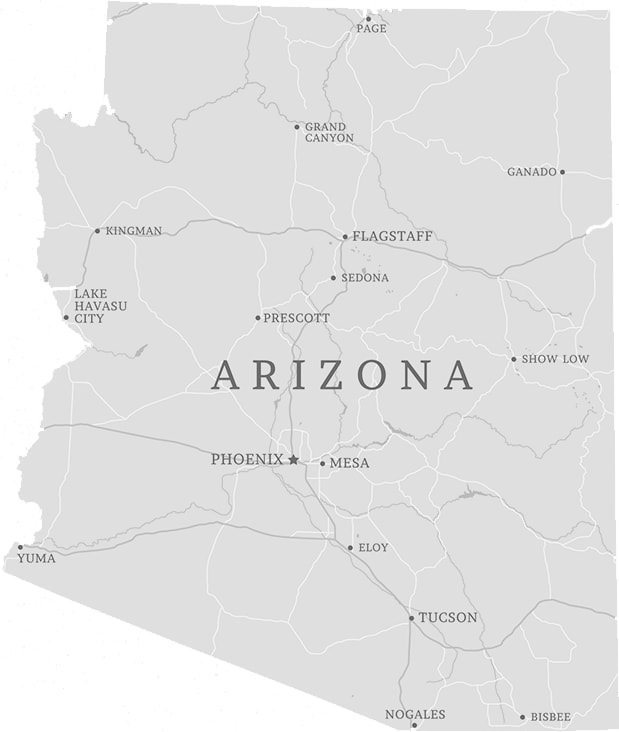6 Gilbert Arizona Real Estate Statistics
Gilbert, we buy houses Arizona may not be as well known outside of the state as Phoenix, Tucson or Scottsdale, but the city located 30 miles southeast of central Phoenix is one of Arizona’s fastest growing communities.
Thirty five years ago, the rural area was known as the “Hay Shipping Capital of the World” with a population of only 5,717. By 2010, over 208,450 people called Gilbert home. Numerous golf courses, green belts and large, upscale housing developments now stand where cotton and alfalfa once grew.
Gilbert is a prime example of why people relocate there from states like California: your residential real estate dollar can buy newer houses on larger lots for much less.
Currently, the median value price of a home in California is $464,200. June, 2016 statistics show that the median value of a home in Gilbert is $282,800. Considering that most houses for sale is Gilbert have been built within the past 15 years, there’s no doubt buyers can get a real bang for their buck.
Other statistics for the Gilbert real estate market include:
1. Single Family Home Sales
Current market figures for June 2016 show 602 single family homes sold compared to 545 in May 608 in June of last year. The Zillow real estate website predicts the market will remain steady in the amount of homes on the market for the next 12 months and prices will rise by approximately 2.5 per cent overall.
2. Sales Prices
The average selling price for a house in Gilbert was $319,003 in June. That was an increase of 3.3 percent over May and a 6.4 percent increase over June, 2015 when the average selling price was $299,769. This steady but manageable increase shows that Gilbert continues to be an excellent area for homebuyers. In 2021 I Buyers accounted for 6% off all home sales and home flips in Gilbert Arizona. Source
3. Home size
Arizona builders tend to build large houses with all the amenities one would expect in a desert region. Air conditioning and extra insulation are a must. Even with these upgrades, the average sold price per sq./ft. for a house in Gilbert was only $140. That’s only $8 per square foot higher than a year ago, well below the inflation rate.
Compared to Scottsdale, thirty miles away, with an average sold price of $204 per sq./ft. and where homes are much older, Gilbert delivers real home price values..
4. Time on the Market
The strength of a real estate market can be gauged in many ways, but one of the most crucial numbers is how long does it take for a single family home to sell once it’s listed.
On average for February of this year, to move a home with Gilbert movers took 79.3 days on the market before finding a buyer. Compared to February 2015 when that figure was 87 days, it’s a healthy sign.
Those market days can differ, of course, depending on price. Realtors are reporting that any home listed around $200,000 are selling almost as fast as they’re listed. Those homes in the higher price range are taking longer to sell as expected.
5. Employment in Gilbert
Real estate sales and employment statistics go hand-in-hand. A healthy job market with low unemployment figures is usually coupled with a healthy real estate market.
The converse is also true. High unemployment and low job opportunities lead to a falling home-sales market.
Fortunately for Gilbert, the latest job statistics are favorable. The latest unemployment rate for Gilbert is 4.2 percent compared to 6.3 percent nationally.
Gilbert has a number of tech companies within a short commuter drive. And Arizona State University, located in Tempe only twenty miles away, and several large technical and research parks are continuing to create new jobs in the high-paying spectrum.
The overall job growth this past year was 1.99 percent compared to a national figure of 1.12 percent.
6. Income
A healthy home sales market also depends on a population that is paid well at their jobs.
In a ranking of the 150 largest cities in the United States for 2015, Gilbert had the highest median income in the country. It was also ranked number one in the “wallet wellness” ratings, a figure used to describe a city’s financial standing.
